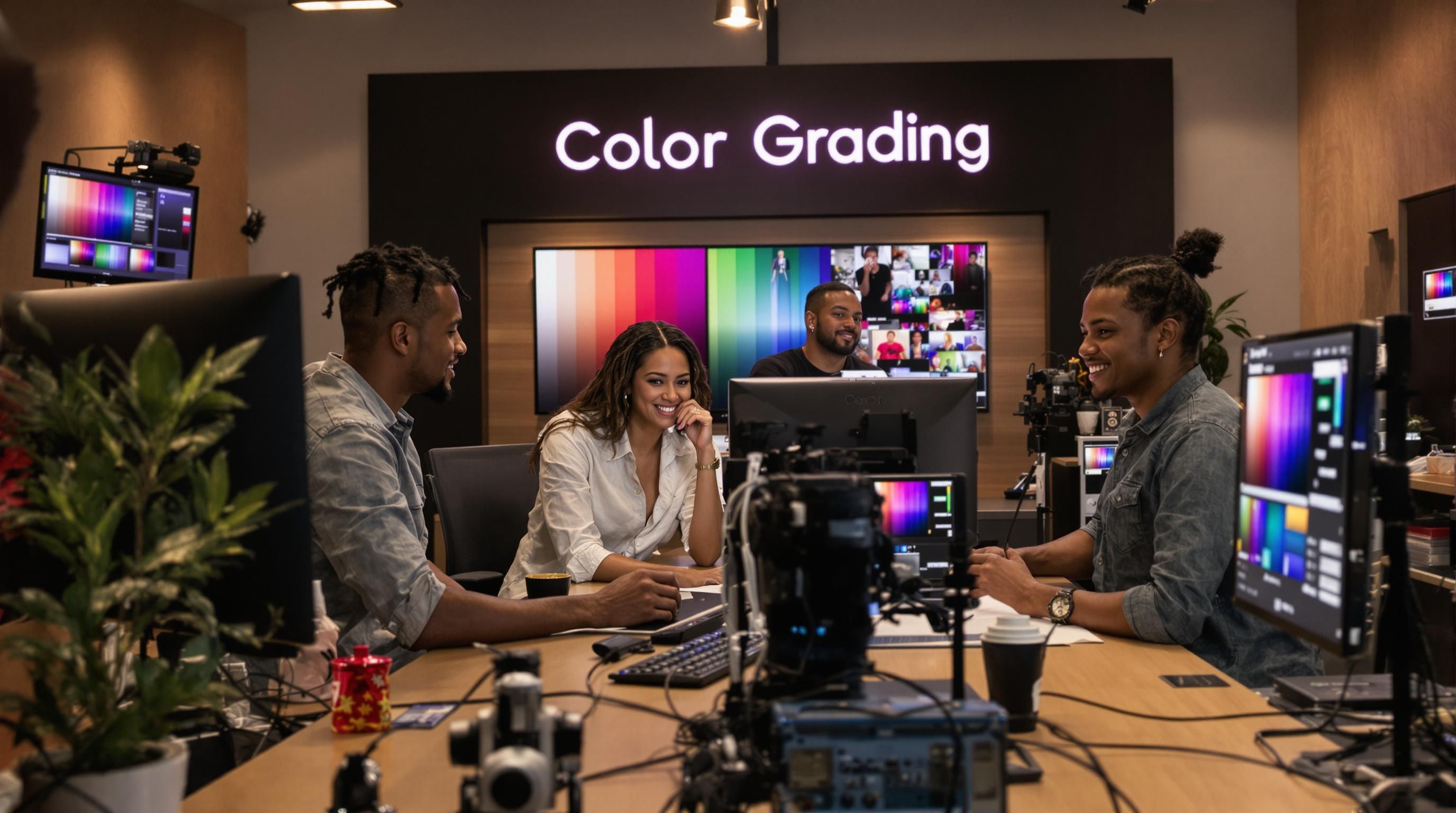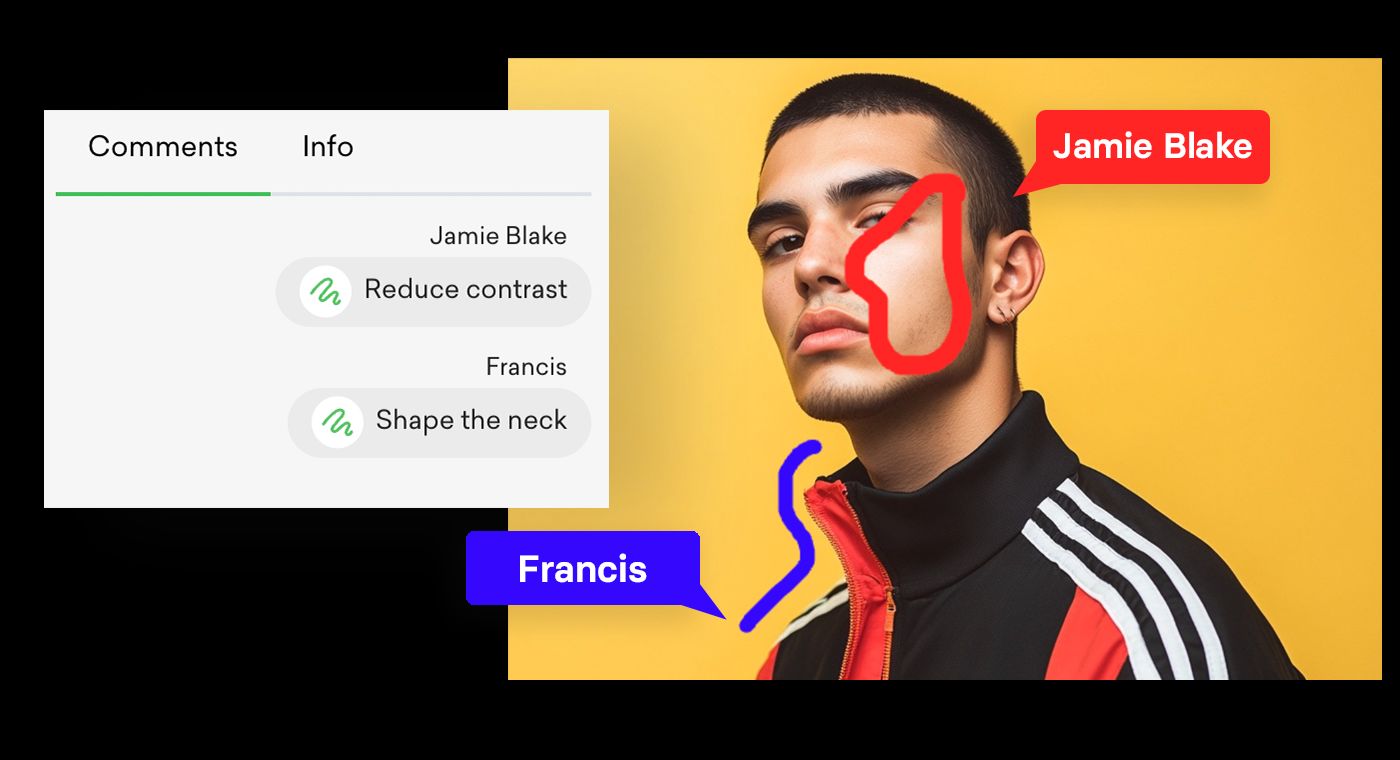Video trends are moving faster than ever, and creative work is feeling the pressure. Here is the shocker. Short-form videos will dominate social media with platforms like TikTok projected to hit 1.8 billion monthly active users in 2025. You might think catching up means just filming smarter, but the real shift is about making videos truly interactive and personal, so viewers feel like part of the story instead of just watching from the sidelines.
Table of Contents
Quick Summary
| Takeaway | Explanation |
| Embrace Volumetric Video | Utilize volumetric video to create immersive experiences, offering viewers the ability to explore 3D content and engage with it from multiple perspectives, thus revolutionizing visual storytelling. |
| Leverage AI for Efficiency | Incorporate AI-powered tools in post-production and content generation to streamline workflows, automate complex tasks, and personalize video experiences based on audience insights, enhancing creativity and productivity. |
| Focus on Personalization and Interactivity | Design hyper-targeted and interactive video content that adapts to viewer preferences, increasing engagement and conversion rates as audiences become active participants in the narrative. |
| Utilize Short-Form Video Content | Craft compelling short-form videos to cater to changing consumption patterns, effectively conveying messages within 15 to 60 seconds to capture the attention of a fast-paced audience. |
| Integrate Live Streaming | Capitalize on live streaming to create authentic, real-time interactions with audiences, strengthening brand connections and increasing engagement through behind-the-scenes content and Q&A sessions. |
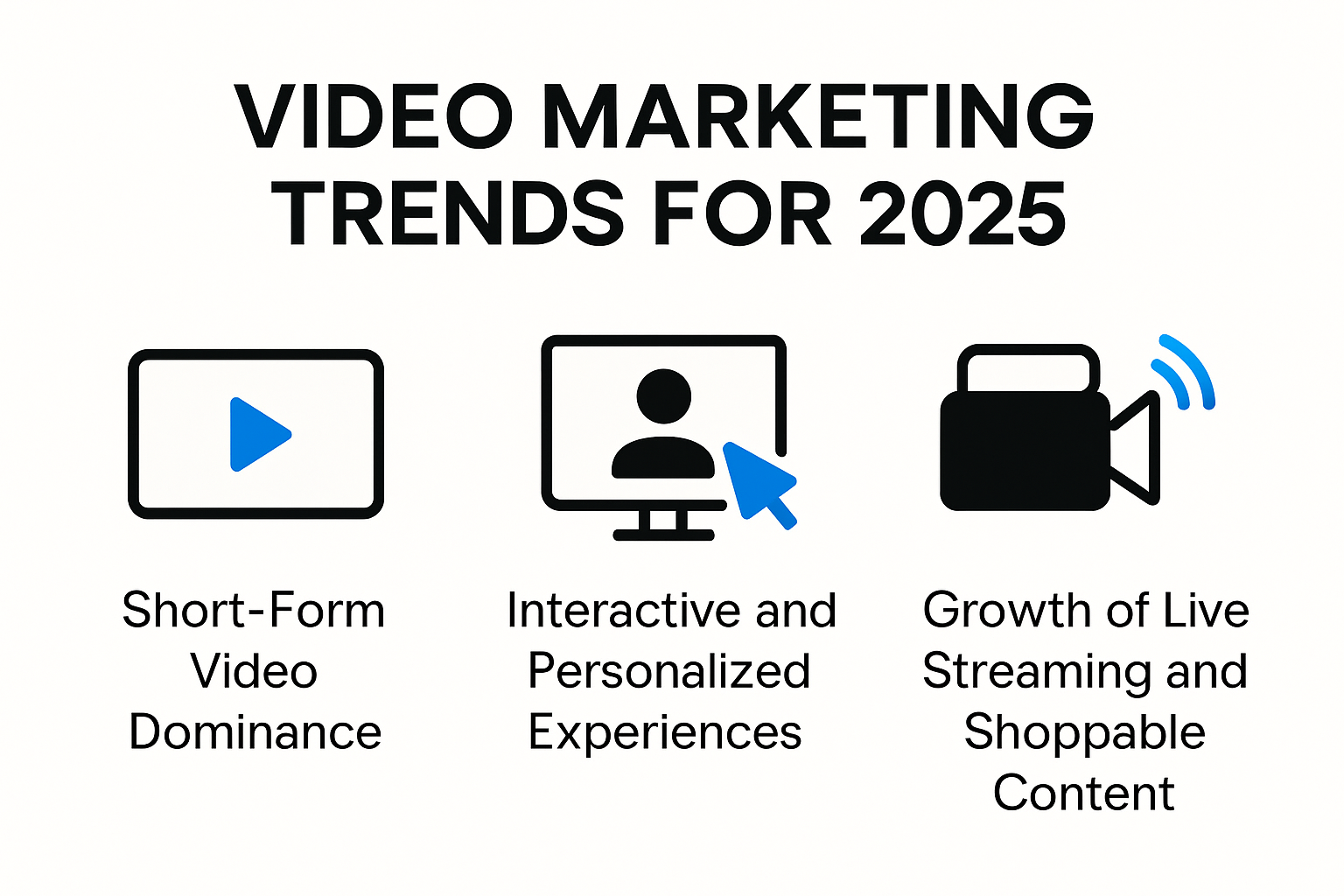
Emerging Video Formats Shaping 2025
The visual storytelling landscape is experiencing a radical transformation as innovative video formats push the boundaries of creative expression and technological capability. Creative professionals are witnessing an unprecedented evolution in how video content is captured, produced, and experienced.
Volumetric Video: The Next Frontier of Immersive Media
Volumetric video represents a groundbreaking advancement in visual media, offering creators an unprecedented way to capture and present three-dimensional content. Unlike traditional video formats, volumetric video allows viewers to experience six degrees of freedom, enabling them to move around and explore scenes from multiple perspectives. Research from leading academic sources indicates that this technology is poised to revolutionize media consumption by 2025.
The technical complexity of volumetric video lies in its ability to capture complete spatial information. Specialized camera arrays and depth-sensing technologies record not just visual data, but the precise spatial relationships between objects in a scene. This means creative professionals can now produce content that goes beyond traditional two-dimensional constraints, offering viewers an almost tactile visual experience.
AI-Powered Video Compression and Delivery
One of the most significant challenges in emerging video formats has been managing massive data requirements. Advanced research reveals that artificial intelligence is playing a crucial role in solving bandwidth and storage challenges associated with high-resolution immersive video formats. AI-driven compression techniques are enabling creators to maintain exceptional visual quality while dramatically reducing file sizes.
These intelligent compression algorithms analyze video content at a granular level, identifying and preserving critical visual information while efficiently reducing redundant data. For photographers, videographers, and content creators, this means the ability to work with incredibly detailed, high-resolution volumetric content without being constrained by traditional storage and transmission limitations.
Interactive and Personalized Video Experiences
The future of video is not just about higher resolution or more immersive capture techniques. Emerging formats are increasingly focusing on viewer interaction and personalization. Creative professionals can now design video experiences that adapt in real-time based on viewer preferences, creating dynamic narratives that respond to individual viewer engagement.
Immersive video research suggests that these advanced formats are particularly transformative in virtual and augmented reality applications. Imagine creating a documentary where viewers can explore scenes from their preferred angles, or a marketing video that subtly changes its narrative based on viewer interactions.
The convergence of volumetric capture, AI-powered processing, and interactive design is creating a new paradigm for visual storytelling. Creative professionals who understand and adapt to these emerging video formats will be at the forefront of a technological revolution that redefines how we create, consume, and interact with visual media.
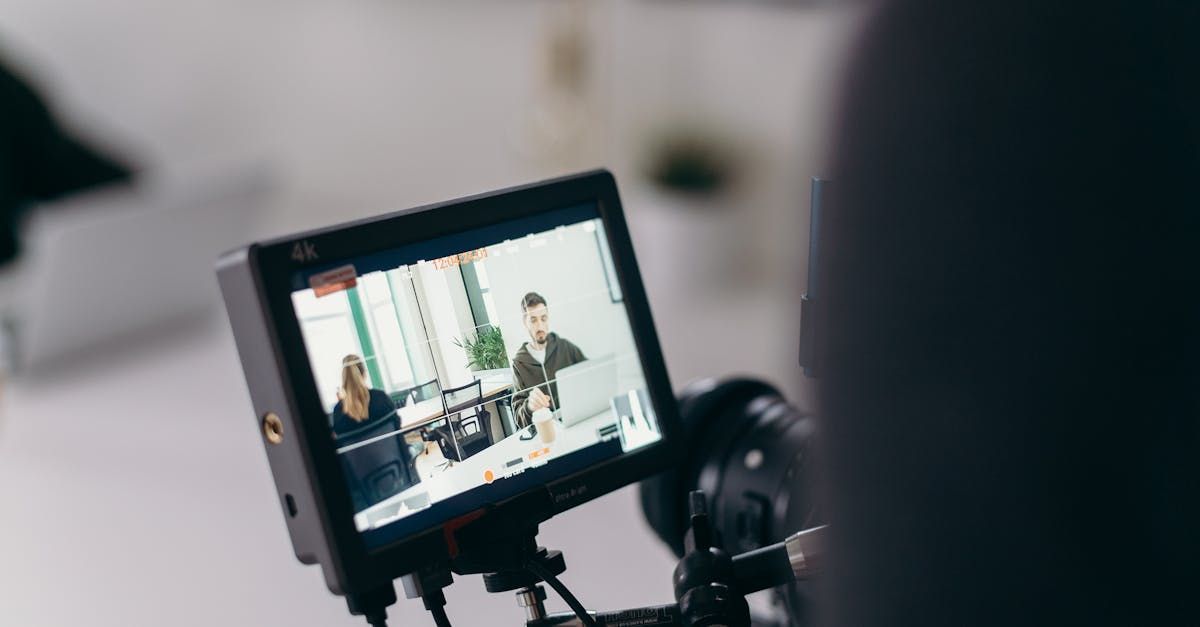
As we approach 2025, the message is clear: video is no longer just about recording moments, but about creating immersive, interactive experiences that blur the lines between observation and participation.
AI and Automation in Creative Video Workflows
The creative video production landscape is undergoing a profound transformation through artificial intelligence and automation technologies. These advanced tools are not replacing creative professionals but empowering them to achieve unprecedented levels of efficiency and innovation in their workflows.
Intelligent Post-Production Automation
AI technologies are revolutionizing post-production processes by automating complex tasks that traditionally consumed significant time and resources. Research from computer science journals reveals that machine learning and computer vision algorithms can now handle intricate tasks such as video stitching, color grading, and sound design with remarkable precision.
These intelligent systems analyze footage frame by frame, identifying optimal color palettes, adjusting lighting conditions, and even synchronizing audio elements automatically. For creative professionals, this means dramatically reduced editing times and the ability to focus more on narrative creativity rather than technical minutiae. Advanced AI tools can now recognize and correct color inconsistencies, balance audio levels, and even suggest creative transitions that enhance storytelling.
Content Generation and Personalization
Beyond technical post-production, AI is making significant strides in content generation and personalization. Innovative research indicates that AI-powered tools are democratizing video production by assisting in scriptwriting, editing, and captioning processes. These technologies enable professionals with varying technical skills to produce high-quality video content more efficiently.
Machine learning algorithms can now analyze audience engagement patterns, helping creators develop more targeted and personalized video experiences. By understanding viewer preferences and behavior, AI can suggest content modifications, recommend optimal video lengths, and even predict potential audience reactions before final production.
Marketing Strategy and Performance Optimization
AI integration is fundamentally reshaping marketing strategies within video production. Advanced research demonstrates how technologies like machine learning, natural language processing, and predictive analytics are enabling more dynamic and targeted marketing approaches.
Creative professionals can now leverage AI to generate comprehensive performance analytics, track viewer engagement metrics, and receive real-time recommendations for content optimization. These intelligent systems can identify subtle patterns in audience interaction, helping creators refine their storytelling techniques and marketing strategies with unprecedented accuracy.
The future of video production is not about AI replacing human creativity but creating a collaborative ecosystem where technology amplifies human potential. As we approach 2025, creative professionals who embrace these AI-driven tools will find themselves at the forefront of a technological revolution, capable of producing more sophisticated, personalized, and engaging video content than ever before.
The key lies in viewing AI not as a replacement, but as a powerful creative partner that expands the boundaries of what’s possible in visual storytelling.
Personalization and Interactive Video Strategies
The video marketing landscape is rapidly evolving, with personalization and interactivity becoming critical strategies for capturing and maintaining audience attention. Creative professionals are discovering that one-size-fits-all content no longer meets the sophisticated expectations of modern viewers.
Hyper-Targeted Video Experiences
Research from leading marketing analytics reveals a compelling statistic: personalized video content is 3.5 times more likely to convert viewers and retain existing audiences compared to generic video approaches. This dramatic difference underscores the importance of creating tailored visual experiences that speak directly to individual viewer preferences and needs.
AI-driven personalization technologies are enabling creators to analyze user behavior, demographics, and engagement patterns with unprecedented precision. By leveraging machine learning algorithms, video creators can now develop content that dynamically adapts to viewer characteristics, presenting information, visuals, and narratives that resonate on a deeply individual level.
Interactive Narrative Strategies
Advanced research in interactive media demonstrates that viewer engagement dramatically increases when audiences can influence narrative progression. Interactive video strategies are moving beyond simple choose-your-own-adventure models, incorporating sophisticated branching narratives that respond in real-time to viewer choices.
These interactive experiences transform passive viewers into active participants. Imagine marketing videos where potential customers can explore product features through personalized pathways, or educational content that adapts its complexity based on the viewer’s demonstrated understanding. Such approaches create immersive experiences that maintain attention and drive deeper engagement.
Data-Driven Content Optimization
Modern video strategies are no longer about creating content and hoping it resonates. Instead, they involve continuous refinement through advanced analytics and viewer feedback mechanisms. Creative professionals can now access granular insights into how different audience segments interact with their content, allowing for rapid iteration and optimization.
Multi-variant testing has become a standard practice, where creators can simultaneously test different narrative approaches, visual styles, and emotional tones. By analyzing micro-level engagement metrics, video creators can understand precisely what elements captivate their target audiences and why.
The future of video marketing is fundamentally about creating a dialogue rather than a monologue. Personalization and interactivity are not just trendy techniques but essential strategies for connecting with audiences in meaningful ways. As technology continues to evolve, the most successful creative professionals will be those who view their audience not as passive consumers, but as collaborative participants in storytelling.
By embracing these sophisticated personalization and interactive strategies, video creators can transform their content from mere visual communication to truly engaging, adaptive experiences that resonate on a profound individual level.
Video Marketing for Brand Growth and Community
The digital marketing landscape is undergoing a profound transformation, with video content emerging as the primary vehicle for brand storytelling, community building, and audience engagement. Creative professionals are discovering that effective video marketing goes far beyond traditional advertising approaches.
The Rise of Short-Form Video Content
Research from media trend analysts reveals a dramatic shift in content consumption patterns. Short-form videos are projected to dominate social media platforms in 2025, with platforms like TikTok expected to reach 1.8 billion monthly active users. These bite-sized content pieces are perfectly engineered to capture shrinking audience attention spans, offering a compelling mix of entertainment and information.
Brands are learning to craft narratives that resonate within these concise formats, challenging creative professionals to distill complex messages into engaging 15 to 60-second experiences. This approach requires a new level of storytelling creativity, where every second counts and visual communication becomes an art form of precision and impact.
Live Streaming and Real-Time Engagement
Comprehensive digital marketing research highlights a remarkable trend: live streaming is anticipated to account for 17% of internet traffic by 2025. More significantly, 82% of consumers now prefer live streams over traditional static social media posts, indicating a profound shift in audience expectations for authentic, real-time brand interactions.
Live streaming offers unprecedented opportunities for brands to build genuine connections. Whether through behind-the-scenes glimpses, product demonstrations, Q&A sessions, or interactive workshops, these real-time experiences create a sense of immediacy and transparency that traditional marketing methods cannot replicate. Creative professionals are discovering that vulnerability and authenticity are powerful engagement tools.
Interactive and Shoppable Video Experiences
The boundaries between content consumption and commerce are rapidly dissolving. Advanced marketing studies indicate that 45% of brands are now investing in interactive video formats, with shoppable videos driving up to 45% higher conversion rates compared to traditional advertising.
These innovative video experiences allow viewers to interact directly with content, transforming passive watching into active participation. Imagine product videos where viewers can click to purchase, tutorials that seamlessly integrate product recommendations, or brand stories that invite immediate engagement. This approach dramatically shortens the customer journey, removing friction between inspiration and action.
The future of video marketing is fundamentally about creating communities, not just audiences. Brands that succeed will be those that view their content as a conversation, not a monologue. By leveraging emerging technologies and understanding evolving viewer preferences, creative professionals can transform video from a marketing tool into a powerful medium for genuine connection.
As we move toward 2025, the most successful video strategies will be those that prioritize authenticity, interactivity, and meaningful storytelling. The goal is no longer just to be seen, but to be truly experienced and remembered.
To help readers quickly identify key statistics and trends mentioned for 2025, here is a table summarizing the most notable video marketing statistics discussed in the article:
| Trend or Statistic | 2025 Figure / Impact | Source / Context |
| TikTok monthly active users | 1.8 billion | Projected user base (Short-form video dominance) |
| Personalized video conversion/retention | 3.5x higher | Compared to generic video content |
| Live streaming share of internet traffic | 17% | Share of global internet traffic |
| Consumers preferring live stream to static posts | 82% | Consumer preference shift |
| Brand investment in interactive video | 45% of brands | Brands investing in interactive/shoppable formats |
| Shoppable video conversion rate increase | Up to 45% | Compared to traditional advertising |
For those interested in the unique benefits and applications of emerging video formats described, the following table provides a comparative overview:
| Video Format | Key Benefit | Example Application |
| Volumetric Video | Immersive 3D experiences | Interactive documentaries, VR/AR |
| AI-Powered Compression | Efficient storage & delivery | High-res video streaming |
| Interactive/Personalized Video | Dynamic narratives/adaptive experiences | Customized marketing, education |
| Short-Form Video | High engagement in limited time | Social media campaigns |
| Live Streaming | Real-time authentic engagement | Brand Q&A, live workshops |
| Shoppable/Interactive Video | Direct path from content to commerce | Product demos with purchase links |
Frequently Asked Questions
What are the top video marketing trends for 2025?
The top video marketing trends for 2025 include the rise of short-form video content, volumetric video for immersive experiences, AI-powered video compression and delivery, interactive and personalized video experiences, and the growth of live streaming for real-time engagement.
How will short-form videos impact marketing strategies in 2025?
Short-form videos are expected to dominate social media, with platforms like TikTok reaching 1.8 billion monthly active users. Brands will need to craft concise narratives that resonate within 15 to 60 seconds, making efficiency and creativity essential in their marketing strategies.
What role does AI play in video marketing by 2025?
AI will significantly enhance video marketing by streamlining post-production processes, automating content generation, and optimizing marketing strategies through data analysis. It will allow creators to tailor video content to viewer preferences, increasing engagement and conversion rates.
Why is personalization important in video marketing for 2025?
Personalization is crucial as personalized video content is 3.5 times more likely to convert viewers compared to generic videos. Audiences now expect content that meets their specific interests and needs, making hyper-targeted video experiences essential for successful engagement.
Turn Top Video Marketing Trends Into Seamless Collaboration
Trying to stay ahead in 2025 video marketing means more than creating short-form videos or leveraging AI. The real challenge is keeping all your visual assets organized while sharing immersive, high-res formats across teams and clients. As mentioned in the article, creative professionals are now expected to deliver interactive and hyper-personalized video experiences at a fast pace. Yet file chaos, clunky sharing tools, and slow feedback threaten your workflow and presentation.
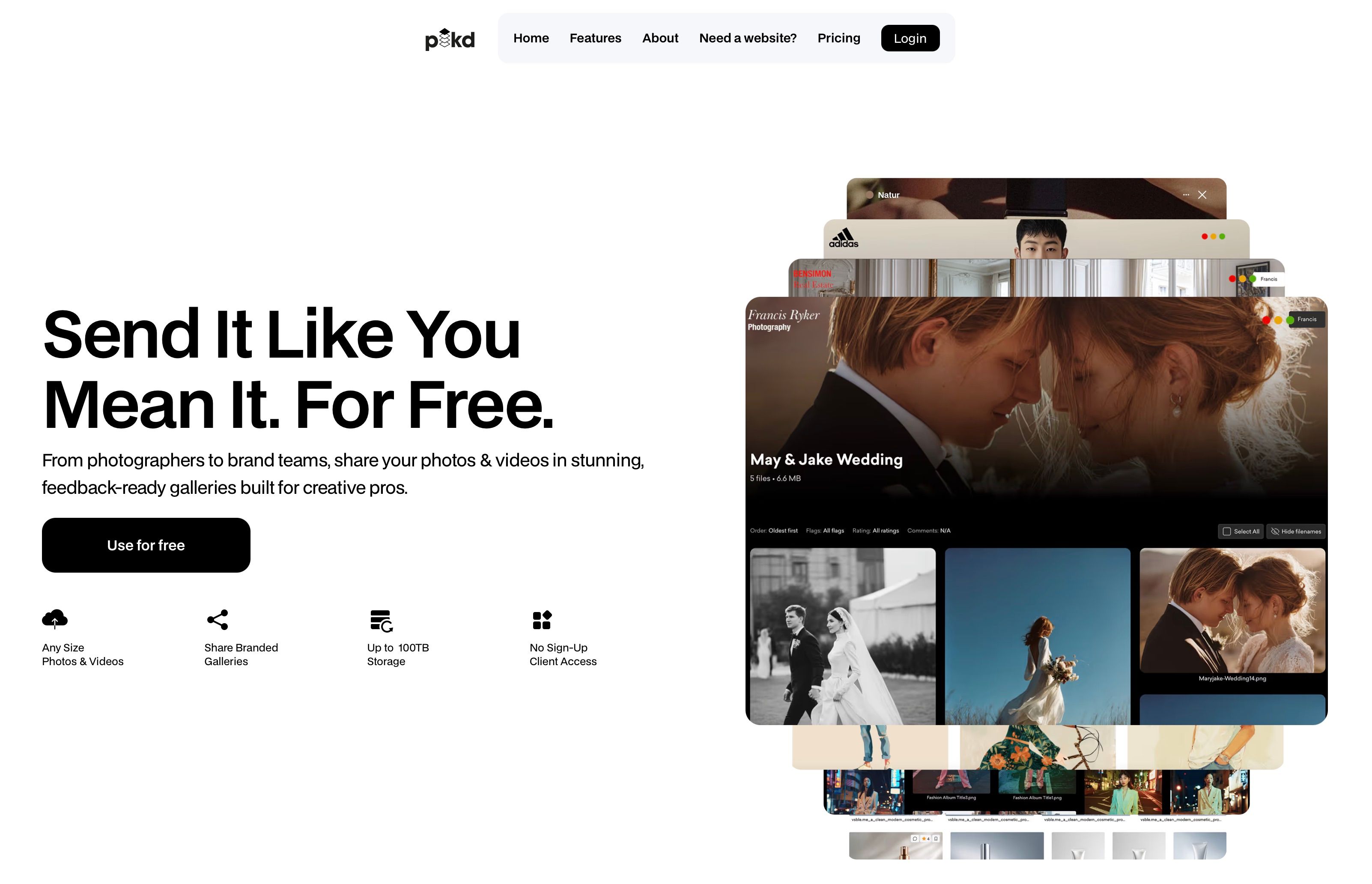
If you want to spend less time chasing approvals and more time producing breakthrough visual content, discover how Pikd transforms the way you manage, review, and deliver high-impact video projects. Built for creative teams who demand more from their platform, Pikd lets you upload volumetric or short-form video files, present them in branded galleries, and collect instant feedback without apps or signups. Make your next project more collaborative and professional—see how Pikd supports the future of creative visual workflows at https://pikd.io. Don’t wait to upgrade your process as the industry shifts—explore Pikd’s solutions today and bring your 2025 video marketing strategy to life.









